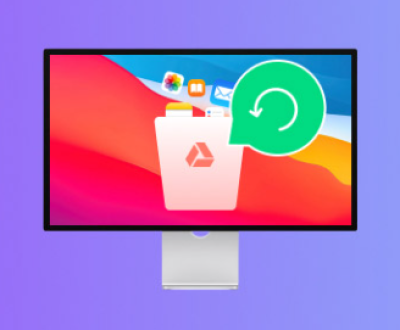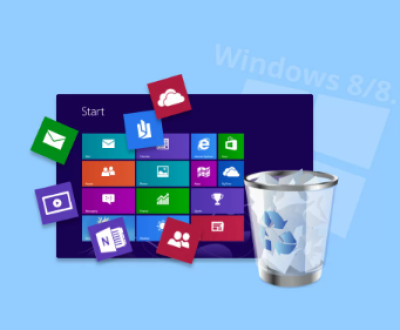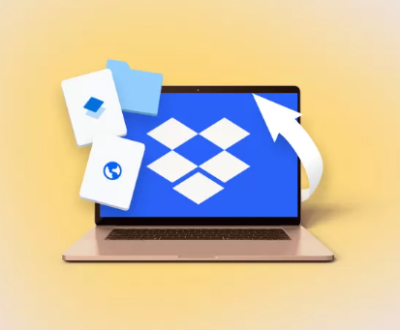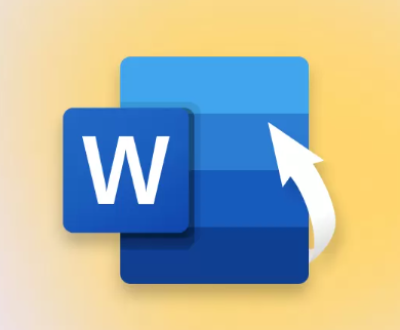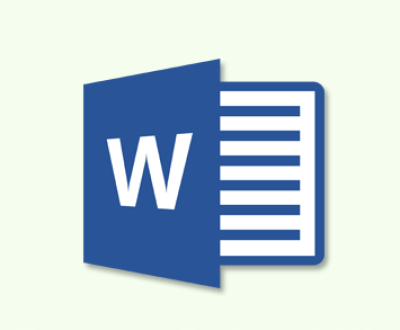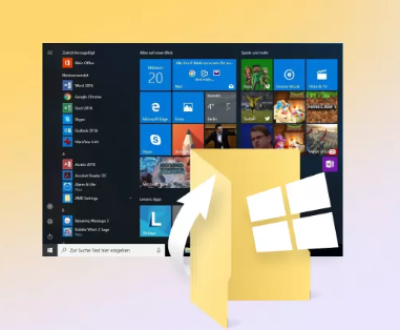Recovering deleted files from a USB drive using Command Prompt (CMD) is a challenging process, as USB drives don’t have a built-in “Recycle Bin” like regular hard drives. When files are deleted from a USB drive, they are typically permanently erased unless you use specialized recovery software or techniques.
This guide explains various steps and techniques for recovering deleted files from a USB drive using CMD, including:
Understanding File Deletion in USB Drives
Using CMD to Recover Files with Attrib Command
Using Third-Party Software via CMD
CMD Techniques for RAW USB Drives
Important Considerations and Precautions
1. Understanding File Deletion in USB Drives
When you delete a file from a USB drive, it’s not immediately erased. Instead, the space occupied by the file is marked as free, allowing new data to overwrite it. Until the file is overwritten by new data, there is a possibility of recovering it. This makes immediate action critical for data recovery.
In some cases, files may become hidden due to corruption or virus infection, and these files can still be recovered using CMD before they are lost permanently.
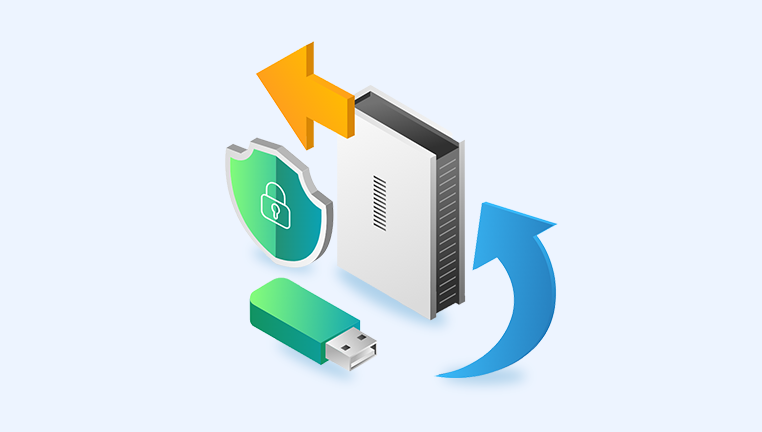
2. Using CMD to Recover Files with Attrib Command
The attrib command in Command Prompt can be useful if your files are hidden but not deleted. Viruses or system errors might change the attributes of files, making them invisible. The attrib command can change file attributes to unhide these files. Here’s how to use this command:
Steps to Recover Hidden Files:
Insert the USB Drive:
Connect your USB drive to your computer.
Make sure that the drive is recognized by your system.
Open Command Prompt:
Press Win + R to open the Run dialog.
Type cmd and press Enter.
This will open the Command Prompt window.
Type the Command:
In Command Prompt, type the following command:
bash
复制代码
attrib -h -r -s /s /d X:\*.*
Explanation of the command:
attrib: This is the command that changes file attributes.
-h: Removes the “hidden” attribute from all files.
-r: Removes the “read-only” attribute.
-s: Removes the “system” attribute, which makes files accessible.
/s: Applies the command to all files in the directory and subdirectories.
/d: Applies the command to directories as well.
X:\: Replace X with the letter assigned to your USB drive.
Press Enter:
This command will scan the drive and change the attributes of the hidden files, making them visible again.
Check Your USB Drive:
Go to File Explorer and open your USB drive. The files that were hidden should now be visible.
Limitations:
This method will only work for files that are hidden but not permanently deleted. If the files were fully deleted from the USB, further recovery steps are needed.
3. Using Third-Party Software via CMD
CMD alone cannot fully recover permanently deleted files, but you can run third-party recovery software using CMD. Many professional recovery tools provide a command-line interface, allowing you to use them in CMD to recover deleted files from USB drives.
Some recommended tools include:
TestDisk: A free and open-source recovery software that can be used via CMD.
PhotoRec: A companion to TestDisk for recovering specific file types.
Recuva Professional: Offers both a GUI and command-line interface for file recovery.
Steps for Using TestDisk with CMD:
Download and Install TestDisk:
Download TestDisk from the official website.
Extract the files and run the program.
Run TestDisk in CMD:
Open Command Prompt and navigate to the TestDisk folder using the cd command:
bash
复制代码
cd C:\path\to\TestDisk
Start TestDisk:
Run TestDisk by typing:
复制代码
testdisk_win.exe
Select the Drive:
Follow the on-screen instructions to select your USB drive.
Recover the Deleted Files:
TestDisk will scan your USB drive for deleted files and partitions, allowing you to restore them.
Advantages:
More powerful than CMD alone.
Recovers a wider range of files, even if they have been overwritten.
Disadvantages:
Requires some technical knowledge to use.
May take a longer time depending on the size of the drive.
4. CMD Techniques for RAW USB Drives
If your USB drive has become RAW (i.e., it is unreadable by your system), CMD can help repair the drive so you can access your files again. The chkdsk command is particularly useful in this case.
Steps to Recover Files from a RAW USB Drive:
Insert the USB Drive:
Plug the RAW USB drive into your computer.
Open Command Prompt:
Open CMD as an administrator.
Run the chkdsk Command:
Type the following command:
bash
复制代码
chkdsk X: /f
Replace X with the drive letter of your USB.
Explanation of the command:
chkdsk: Checks the file system and file system metadata of a volume for logical and physical errors.
/f: Fixes any errors found on the drive.
Wait for the Scan:
The chkdsk command will scan your USB drive for errors and attempt to repair them. This may take some time.
Check the Drive:
Once the scan is complete, check if your USB drive is now accessible. If it is, you should be able to recover your files.
Limitations:
If the file system is severely corrupted, chkdsk may not be able to recover all the data.
This process can potentially cause data loss if the drive is heavily damaged, so it’s advisable to create a backup of any recoverable data before proceeding.
5. Important Considerations and Precautions
Recovering deleted files from a USB drive using CMD is not always straightforward. The following tips and precautions can increase your chances of successful recovery:
Tips for Better Recovery:
Stop Using the USB Drive Immediately:
If you accidentally delete files, stop using the USB drive. Continuing to use it may overwrite the data, making recovery impossible.
Create a Backup:
If possible, create a full backup of the USB drive before attempting any recovery. This can help ensure that no further data is lost during the recovery process.
Use Data Recovery Software:
If CMD methods don’t work, consider using professional data recovery software. Tools like TestDisk, Recuva, and others often yield better results than CMD alone.
Be Cautious with chkdsk:
While chkdsk can fix a RAW USB drive, it can also make files inaccessible if used improperly. Only use this method if the drive is unreadable.
Consider Professional Help:
If your USB drive contains valuable or irreplaceable files, it may be worth consulting a professional data recovery service.
Precautions:
Do Not Format the USB Drive:
Formatting the drive will erase all data, making recovery much more difficult. Avoid formatting unless absolutely necessary.
Avoid Excessive CMD Usage:
Using CMD to repeatedly scan or attempt fixes on a corrupted drive can lead to more data loss. Use CMD methods carefully and consider alternatives if necessary.
Use Trusted Recovery Software:
Some recovery software can do more harm than good. Always download software from trusted sources to avoid malware and further damage to your data.
Recovering deleted files from a USB drive using Command Prompt (CMD) is possible, but it has limitations. While the attrib command can help you recover hidden files, permanently deleted files often require more advanced techniques or third-party software. CMD can also be used to repair a RAW USB drive with the chkdsk command, but caution should be exercised to avoid data loss.
For the best results, immediate action is crucial, and using professional data recovery software or consulting experts can significantly increase the chances of successful recovery.
About us and this blog
Panda Assistant is built on the latest data recovery algorithms, ensuring that no file is too damaged, too lost, or too corrupted to be recovered.
Request a free quote
We believe that data recovery shouldn’t be a daunting task. That’s why we’ve designed Panda Assistant to be as easy to use as it is powerful. With a few clicks, you can initiate a scan, preview recoverable files, and restore your data all within a matter of minutes.
Subscribe to our newsletter!
More from our blog
See all postsRecent Posts
- How to recover accidentally deleted files 2025-07-01
- How do i recover a file i accidentally deleted 2025-07-01
- How to recover an accidentally deleted file 2025-07-01

 Try lt Free
Try lt Free Recovery success rate of up to
Recovery success rate of up to

